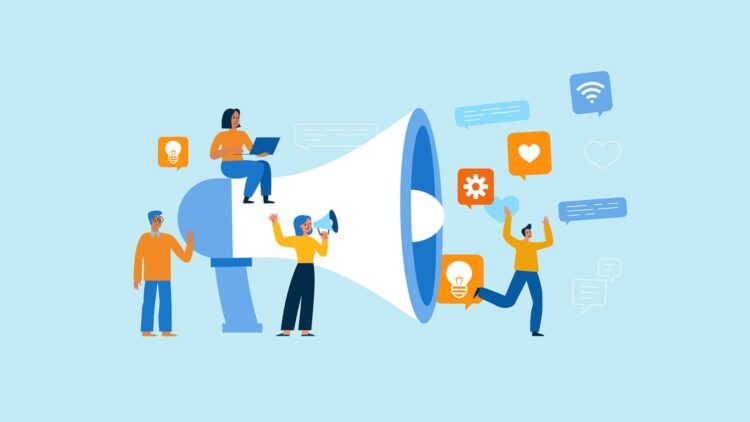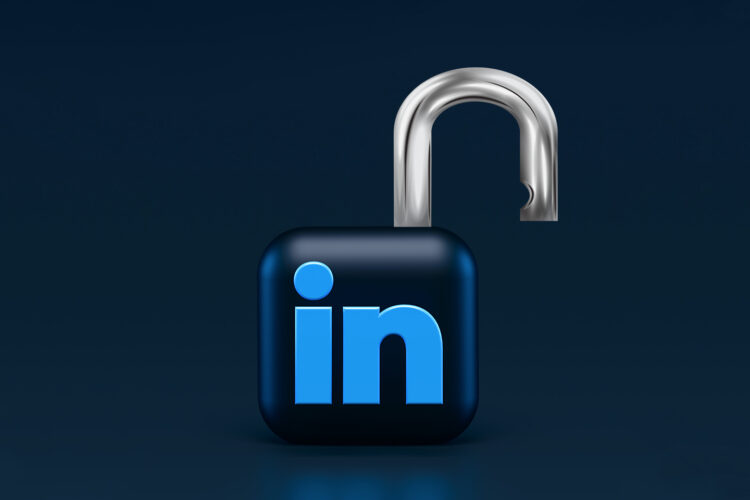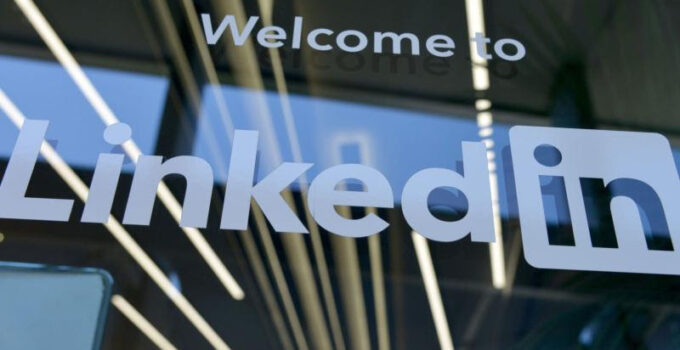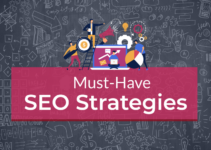Everyone talks about how LinkedIn is a game-changer in digital marketing, but you may not have a similar opinion. Since joining LinkedIn, you have had little or no success with your job hunt or marketing strategy, and your effort seems to bear no returns.
Well, your story is one among millions of marketers or job seekers who sign up on the platform and expect results within a month while investing the minimum effort.
Further, even the minimum effort invested is wrongly utilized, which explains the failure of your overall LinkedIn marketing strategy. Here are the top reasons explaining why you are struggling to win on LinkedIn.
Page Contents
1. You Don’t Have Enough Quality Connections

Source: inc.com
As a rule of thumb, you start experiencing the magic of LinkedIn marketing after hitting 5000 connections. This does not imply that you cannot get a client with 2000 connections, but your chances of high-quality landing clients improve with more connections.
Reaching the first 500 is relatively easy and if you are having trouble to get there, Totempool wrote a helpful article – LinkedIn Connections: 11 Easy Steps To Get Over 500 Connections.
There are two questions to consider regarding connections on LinkedIn:
- How many connections do you have?
- What is the composition of your connections? Is it students? Interns? Officers? CEO or directors?
To answer the first part of the question, sales is a numbers game, and the more people you reach out to, the better your chances of closing a deal.
Every marketing strategy has a specific acceptance and rejection rate. For instance, the rejection rate for cold emailing is estimated to be 15%, and this rate can hold for LinkedIn cold messaging. This implies out of every 100 cold emails sent, about 85% get ignored, and only 15% can send some responses or acknowledge receiving the emailing.
Thus, even the 15% who respond don’t necessarily convert to clients, implying the conversation rate can be much lower.
Out of the 100 cold emails, you might fail to get a single client. Thus, the law of large numbers is quite applicable on LinkedIn. In some cases, you might be forced to pitch to 500 people, only to get three prospects agreeing to have coffee.
Even among the three who agree to coffee, two might lack the purchasing power to buy your product, implying only one prospect converts to a client.
In terms of quality of connections, you should aim to connect to fit prospects. Have you ever received a connection request from someone on a different continent and wondered what we could share in common?
Well, other than that, you both live on planet earth. What other standard features do you have with your LinkedIn network? Begin by understanding your goal for joining LinkedIn. Do you want to get a job, grow your professional network, or get more clients?
If you’re going to get a job, you should network with recruiters, human resource managers, or hiring companies. If your goal for joining LinkedIn is to get more clients, you must network with a good-fit prospect. Who is a good fit prospect?
- Someone aware of a need: Good-fit prospects understand that they have a problem and actively seek a solution. However, they don’t know where the answer lies, which allows you to offer your solution.
- They have authority and the ability to buy; if you network with an intern, do they have the power to buy? Authority to buy implies that the prospect is a decision-maker, and the ability to buy means that the prospect has the purchasing power.
- Good-fit prospects have a sense of urgency. Someone who is looking to buy in 10 years is not a prospect you should invest heavily in. While the return can be positive someday, ten years is long, and many things can change in 10 years.
- Willingness to listen is another excellent attribute of a prospect. If they don’t listen, it might be challenging to sell and convince them to buy.
Thus, do the people you are connecting with have these qualities? Getting the good-fit prospect is a critical success step since targeting the wrong prospect is a recipe for failure, however good your marketing strategy is.
2. You Are Withdrawing Before You Make A Deposit

Source: corporatefinanceinstitute.com
You don’t need to be a financial expert to understand that you can only withdraw after depositing, but why are you doing it on LinkedIn? Being a social network, LinkedIn is not the place to hard sell and expect results.
The only sure way to win is by investing in building a network. From the moment you sent a connection request, your aim at LinkedIn should be to network and nature the relationship before selling.
Think of this connection request:
“Hi, XYZ. I came across your profile on LinkedIn and loved your article on the topic ABC. I would love to pick your mind on XYZ topic. I sell product ABC and would love to connect with you so that I can explain more about the product”.
Would you accept such a connection request? Or even worse, would you buy from such a marketer?
This is making a withdrawal before depositing.
You don’t bother to learn anything about your prospect, their business, their pain point, or any challenges that might present you with an opportunity to sell.
The best way to have your connection request accepted is by sending a simple, genuine message and no sales pitch. Draft a connection request message like:
“Hi, XYZ; I love your passion for wildlife conservation. I would love to connect with you and share more ideas on how we can save the wildlife together.”
With such a message, you have demonstrated to your potential prospect that you can add value to their life, thus giving them a reason to connect.
3. You are not consistent

Source: okcredit.in
Success is not always attained by greatness but by small, consistent efforts repeated every day (Dwayne Johnson). Every marketing strategy requires consistent effort to get a return on investment.
Being the first touchpoint, you may never close a deal on LinkedIn, but you aim to ensure that the first brand they can think about is your brand when they are ready to buy.
Think of this scenario; someone accepts your request to connect. You suggest a link to a resourceful website, and they are happy to watch and leave great remarks on the video.
You suggest a phone call, and they are pleased to connect with you via the phone call. After the pitch, they go numb. Do you send constant email reminders which go unanswered? Why?
Most LinkedIn users lack buying intent. They loved the video, article, coffee, or webinar but lacked the intention to buy. This can be because they lack the purchasing power or the authority to buy.
While you can invest in research to know if someone is a goof-fit prospect, sometimes your research can be misleading.
What should we do when this happens?
Count your losses and block the prospect? Probably not; continue nurturing the relationship. Consistent effort in sharing links, wishing them a happy birthday, sharing videos, and sharing eBooks or any helpful resource might open the doors to referrals.
Thus, consistency should be a priority for you to succeed in your LinkedIn marketing strategy. While the returns on consistent effort might be discouraging, don’t lose the bigger dream to network.
4. LinkedIn is the only touchpoint in your strategy

Source: startit.rs
LinkedIn is the first touchpoint, but not the only one. Your goal on LinkedIn is to move your connections to a higher sales funnel. Like most people, you get discouraged when you don’t convert on LinkedIn and stop engaging prospects.
This way, you lose an opportunity to sell in the future or tap into their networks and get more prospects on your leads list. Be proactive while engaging the prospect. By knowing that your goal is to move the conversation to the next touchpoint, you will not get frustrated whenever a request for a phone call gets declined.
Thus, to succeed on LinkedIn depends on your goal and how much time and effort you are willing to invest. By avoiding these mistakes, you can adjust your marketing strategy to achieve your goal of joining LinkedIn.





